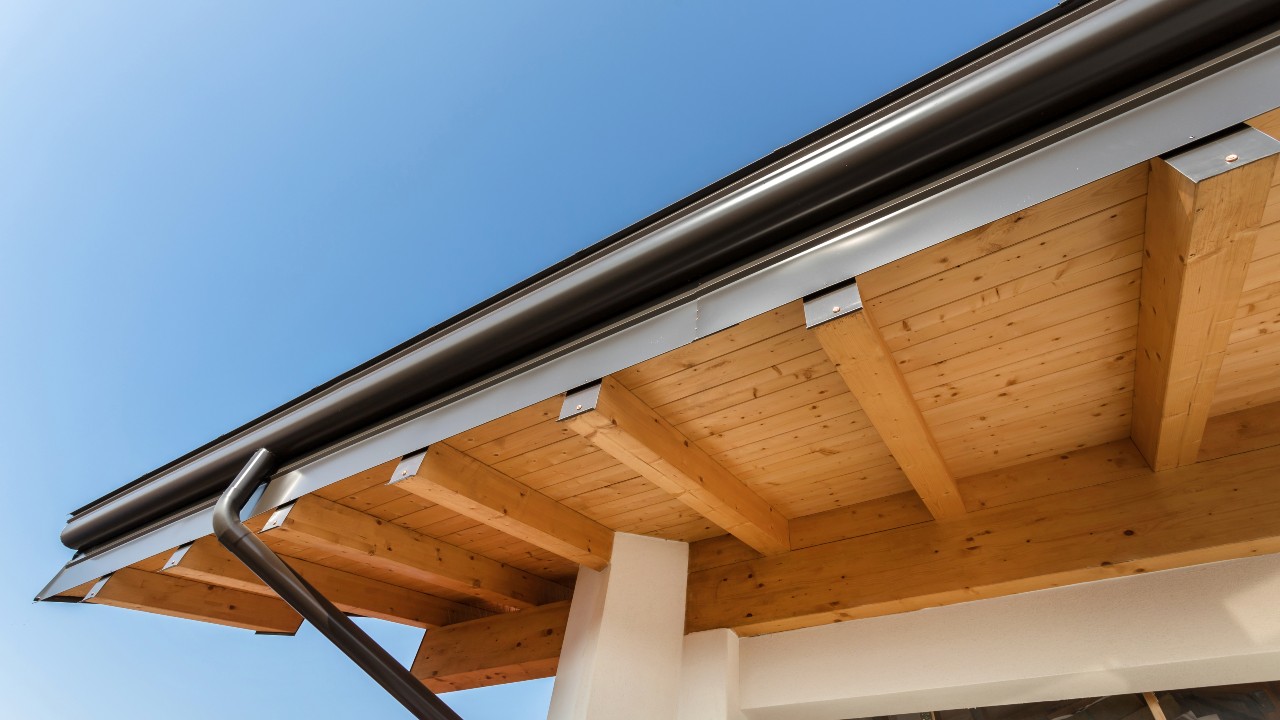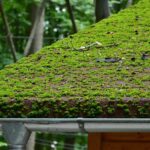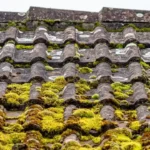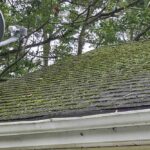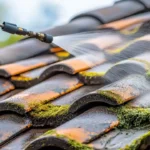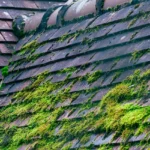When it comes to protecting your home, understanding the roof drainage system components is crucial. A well-functioning roof drainage system ensures that water is effectively channeled away from your home, preventing potential damage. In this article, we will delve into the essential components of a roof drainage system, their significance, and how they work together to keep your home safe and dry.
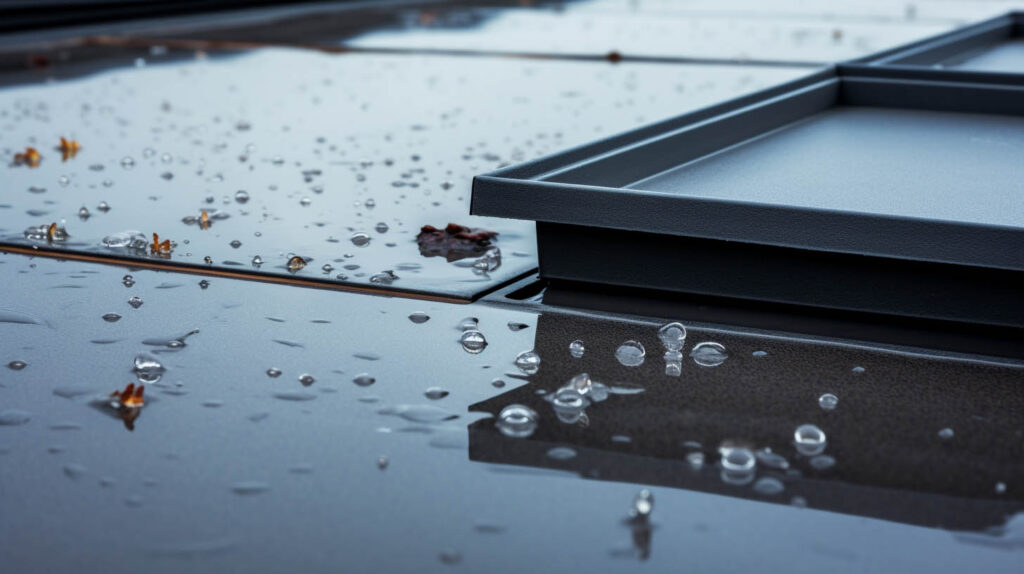
1. The Importance of Roof Drainage Systems
Roof drainage systems play a vital role in maintaining the structural integrity of a building. They manage and direct rainwater and melting snow away from the roof, preventing water accumulation that can lead to leaks, mold growth, and even structural damage. For homeowners, understanding these systems is essential for property maintenance.
2. Key Components of Roof Drainage Systems
2.1 Gutters
Gutters are the primary component of any roof drainage system. They are designed to collect rainwater from the roof and channel it to the downspouts. Gutters are typically made from materials like aluminum, steel, or copper and are installed along the roof’s edge.
2.2 Downspouts
Downspouts are vertical pipes that carry water from the gutters to the ground level, directing it away from your home’s foundation. Properly maintained downspouts are essential to prevent water pooling around the foundation, which can cause serious damage over time.
2.3 Roof Drains
Roof drains are often used in flat roofing systems to channel water into the drainage pipes. They are crucial in preventing water accumulation on flat roofs, which can lead to leaks and structural issues.
2.4 Scuppers
Scuppers are openings in the walls or curbs of a roof that allow water to drain off the roof without the need for traditional gutters and downspouts. They are often used in commercial buildings with flat roofs.
2.5 Flashing
Flashing is a thin material installed to prevent water from entering the structure through joints or seams. It is typically made from aluminum or galvanized steel and is used around chimneys, vents, and other roof penetrations.
3. How Roof Drainage Systems Work Together
Each component of a roof drainage system plays a specific role, but they all work together to ensure efficient water management. Gutters collect water from the roof surface, which is then directed into downspouts. From there, the water is safely discharged away from the building’s foundation, thanks to the coordination of roof drains and scuppers.
4. Maintenance Tips for Homeowners
Regular maintenance of your roof drainage system is essential to prevent clogs and ensure optimal performance. This includes cleaning gutters and downspouts, inspecting for leaks or damage, and ensuring that flashing is properly installed.
4.1 Cleaning Gutters and Downspouts
Debris such as leaves and twigs can clog gutters and downspouts, impeding water flow. Regular cleaning, especially after storms, is crucial to prevent blockages.
4.2 Inspecting for Leaks and Damage
Regular inspections can help identify leaks or damage early, preventing more extensive problems. Look for signs of rust, corrosion, or sagging in gutters and downspouts.
4.3 Ensuring Proper Flashing Installation
Flashing should be securely installed and free from gaps to prevent water infiltration. Inspections should be conducted regularly, especially around roof penetrations like chimneys and vents.
5. Choosing the Right Materials
When selecting materials for your roof drainage system, consider factors such as durability, cost, and aesthetics. Common materials include aluminum, which is lightweight and rust-resistant, and copper, which offers a traditional look and exceptional durability.
6. Professional Installation and Repair
While some homeowners may choose to tackle small repairs themselves, professional installation and repair services ensure the longevity and efficiency of your roof drainage system. Qualified professionals have the expertise to handle complex installations and can provide guidance on the best materials and solutions for your home.
7. The Role of Roof Pitch and Design
The pitch and design of your roof significantly influence the type and efficiency of your drainage system. Steeper roofs may require larger gutters and downspouts to handle increased water flow, while flat roofs need efficient drainage solutions like internal drains or scuppers.
8. Environmental Considerations
In today’s environmentally conscious world, sustainable roofing solutions are gaining popularity. These include rainwater harvesting systems that collect and store rainwater for reuse, reducing the demand on public water supplies.
For more information on sustainable roofing solutions, you can visit Maryland Roofers.
9. Conclusion
Understanding the components and functions of a roof drainage system is essential for protecting your home from water damage. By ensuring regular maintenance and considering professional installation, homeowners can keep their properties safe and dry. For further guidance on maintaining your roof drainage system, check out this guide on unclogging roof drainage systems.

FAQ Section
What are the main components of a roof drainage system?
The main components include gutters, downspouts, roof drains, scuppers, and flashing. These elements work together to channel water away from the roof and foundation.
Why is regular maintenance important for roof drainage systems?
Regular maintenance prevents clogs and ensures that the system functions efficiently, reducing the risk of leaks and water damage.
How do I choose the right materials for my roof drainage system?
Consider factors such as durability, cost, and aesthetics when selecting materials. Common options include aluminum, steel, and copper.
Learn more about choosing the right drainage solutions for residential buildings by visiting Roof Drainage Solutions.
This article contains affiliate links. We may earn a commission at no extra cost to you.



